20 August 2018
By portermathewsblog
via www.therealestateconversation.com.au
Reaching the 25 million population milestone should be the catalyst for the creation of productive, vibrant and liveable cities that will underpin Australia’s future prosperity.
 Source: Reiwa
Source: Reiwa
Australia’s future rests overwhelmingly with our cities and their ability to become high amenity, high liveability engines of our economy,” said Ken Morrison, Chief Executive of the Property Council of Australia.
“Our population is growing strongly and most of that growth is occurring in our cities. We need to redouble our focus on policies that support investment, planning and collaboration to create the great Australian cities of the future.
“Population targets, decentralisation policies or adjusting immigration rates can’t allow us to take our eyes off the main game which must be our ability to create great cities for current and future generations of Australians.
“The growth of our cities is part of an international trend for cities to be a magnet for people, business, investment and economic and cultural activity.
“We’re not alone in needing to plan, invest and manage for change as the worldwide trends towards urbanisation gathers pace in this ‘metropolitan century’,” Mr Morrison said.
The drivers of urban growth were set out in the ‘Creating Great Australian Cities’ research published by the Property Council earlier this year.
It highlighted the growing economic importance of cities around the world, and set out a series of principles and recommendations based on the experience of other fast growing cities of similar size to Australia’s. These cities are capturing an expanding share of business, immigration, visitors, talent and capital flow.
The report found that Australian cities had strengths, including their economic performance investment attraction, higher education and natural environment but they were performing poorly in several key areas critical to success in the metropolitan century, including issues such as transport congestion, fragmented systems of governance, infrastructure investment and limited institutions at a metropolitan scale to manage growth.
“Our cities are at the heart of Australia’s economic, social and cultural life, attracting people, investment and services that drive innovation, creativity and enterprise,” Mr Morrison said.
“Any population policy that doesn’t strengthen Australia’s ability to create great cities of the future is completely missing the mark.
“Our cities are already a great competitive advantage for Australia, bringing together the people, services and infrastructure to drive our economic competitiveness.
“We need to keep investing in the right infrastructure, plan for a growing future and put in place smarter systems of metropolitan governance to capture the full potential of the metropolitan century while sustaining the quality of life and access to services that Australians value.
“We need to take on both the challenges and opportunities of the ‘metropolitan century’ and not run away from the reality that growing cities can be successful cities and great places for people to live and work.
“With the right planning, policies and ambition, we can create truly great cities for a growing Australia,” Mr Morrison said.
Comments (0)
13 August 2018
By portermathewsblog
via therealestateconversation.com.au
As we head into 2018, I believe this year will be one of market transition across the country.

It will also be a year of finance, with those who can secure it likely to be the ultimate winners. It’s no great surprise that Sydney and Melbourne are transitioning out of the strong price growth they’ve experienced over recent years.
However, that doesn’t necessarily mean they’re going backwards. Instead, their growth may fall back to one or two per cent annually. That market transition will be driven by reduced consumer confidence, which is a reflection of the price of money as well as how easy it is to secure finance. Confidence also usually wanes when the media starts speculating about softer market conditions.
It’s clear that Sydney’s market has already come off the boil and Melbourne’s is likely to follow suit but in a more moderate way.
Positive transition
It’s important to realise that transitions happen in both directions, with some markets slowing while others are strengthening. I believe this will certainly be the case for Brisbane, which is on track to transition to stronger market conditions.
That said, Brisbane is a city of different markets with the inner-city in the midst of it’s well-publicised new unit oversupply. It is Brisbane’s outer suburbs that represent good value and cash flow, as well as attractive lifestyle drivers, that will experience the most improvement in my opinion.
Of course, there are already increasing numbers of interstate migrants into Queensland given it’s housing affordability as well as it’s many attractive lifestyle opportunities.
SA and WA back in the game
I also believe it will be a year of positive transition for South Australia and Western Australia. South Australia always seems to lag behind other capital cities and by the time most investors realise what’s happening it’s too late. The truth is that South Australia’s transition is already happening.
In Adelaide, however, it’s only the 15-minute ring around the CBD as well as areas like Christies Beach that are worth considering. We all know WA has been woeful over recent years, but this could be the year it finally turns a corner. The State Government has been concentrating on jobs growth, with employment numbers reportedly starting to improve. If locals start spending money because they’re more confident about their livelihoods, then, that in turn will stimulate the market.
However, when I say WA, I mean Perth and select areas within the city as well. If interest rates increase, even if only by a blip, those green shoots of confidence might evaporate as fast as they appeared. Tasmania will continue to percolate until cash flow doesn’t look as attractive as other areas, such as Brisbane. I remain skeptical about Tasmania’s growth because it’s mainly being driven by investors chasing investors purely because of affordability.
Owner-occupiers aren’t the ones who are pushing up prices.
I believe it may lurch from under-supply to over-supply pretty quickly – and then you’ll probably have 10 years of no price growth at all.
A question of money
We’re now into our third calendar year of lending restrictions and I don’t believe they’re going anywhere anytime soon. Investor numbers have only recently started to slow so there will need to be more evidence before APRA loosens it’s grip on investment lending. Banks might want more flexibility but it’s unlikely to happen. So 2018 will be a year of market transition but it will also be a year of finance. The price of money remains cheap but it’s availability continues to be constrained.
That’s why I believe it will be the sophisticated investors who know which markets are transitioning to the positive – and who can secure finance – who will be the property victors by the end of the year.
Comments (0)
10 August 2018
By portermathewsblog
via popsugar.com.au
 Image Source: Studio McGee
Image Source: Studio McGee
Wouldn’t it be so nice to know what an interior designer actually notices in your home? Having this information would make it that much easier when you clean or decorate new spaces, or even when you decide what to renovate and what to leave as is. It can be somewhat difficult to take a critical eye to your own space that you see consistently day after day, but knowing where to place your focus and creative energy would certainly help to take out some of that guesswork, so we decided to reach out to design professional Shelly Gerritsma from Canter Lane Interiors instead. Read on to learn the five design elements she always notices first and wants you to focus on first as well.
Flooring
 Image Source: A Beautiful Mess
Image Source: A Beautiful Mess
As soon as she steps into your home, Shelly notices what’s beneath her feet. “Flooring is a major item. If carpet is dated/worn/sagging/etc, it really devalues the home,” Shelly says. So, instead of using that area rug that has probably seen better days, opt for a brand new design in a fun print, or if you want to really get creative, try adding hardwoods in a funky colour. Shelly will notice!
Wall Colour & Finish

Image Source: Inspired by Charm
Once she’s assessed the flooring, Shelly is onto your wall colour and finishes. She advises that “using the proper paint finish for spaces is huge. Do not use a semi-gloss or a gloss paint finish on main living walls as it cheapens the space and looks too harsh. Stick with a flat or matte finish.” She also reminds us that nothing draws negative attention quicker than sloppy paint lines, so always ensure that those appear neat and finished.
Ceilings
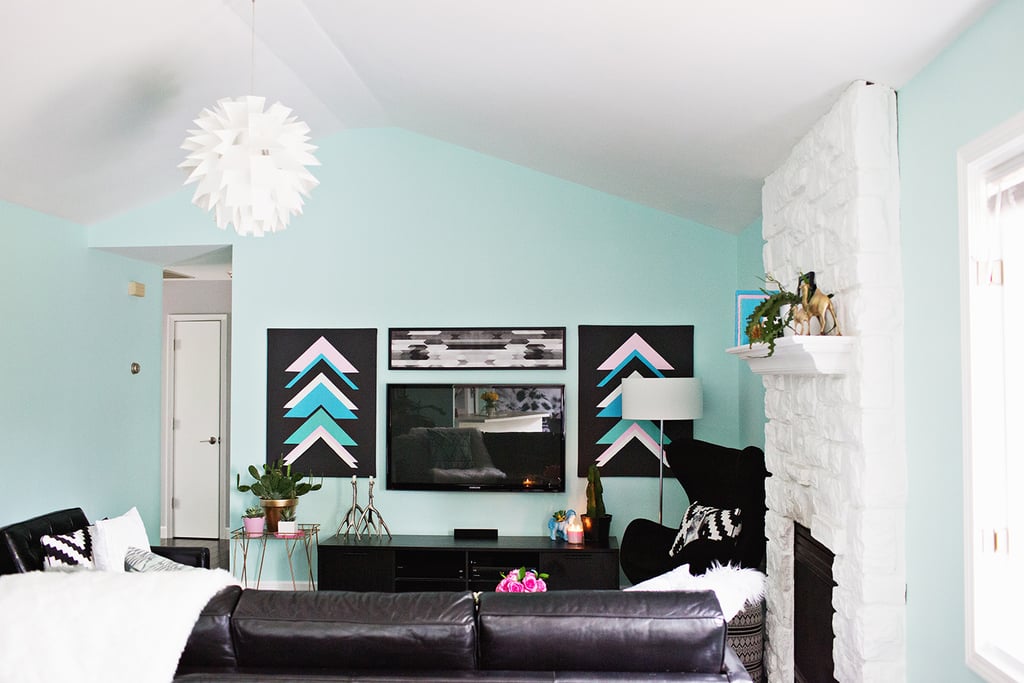 Image Source: A Beautiful Mess
Image Source: A Beautiful Mess
Another foundational element that will draw major attention from Shelly is your ceiling. Whether you want to modernise the appearance of your ceiling or you just need to open up the space a bit, this is one area that you won’t regret putting some time into. Shelly confirms that “smoothing out popcorn ceilings is a great way to add home value and to make spaces feel larger due to the shadows cast by this dated finish.”
Scale-Appropriate Furniture
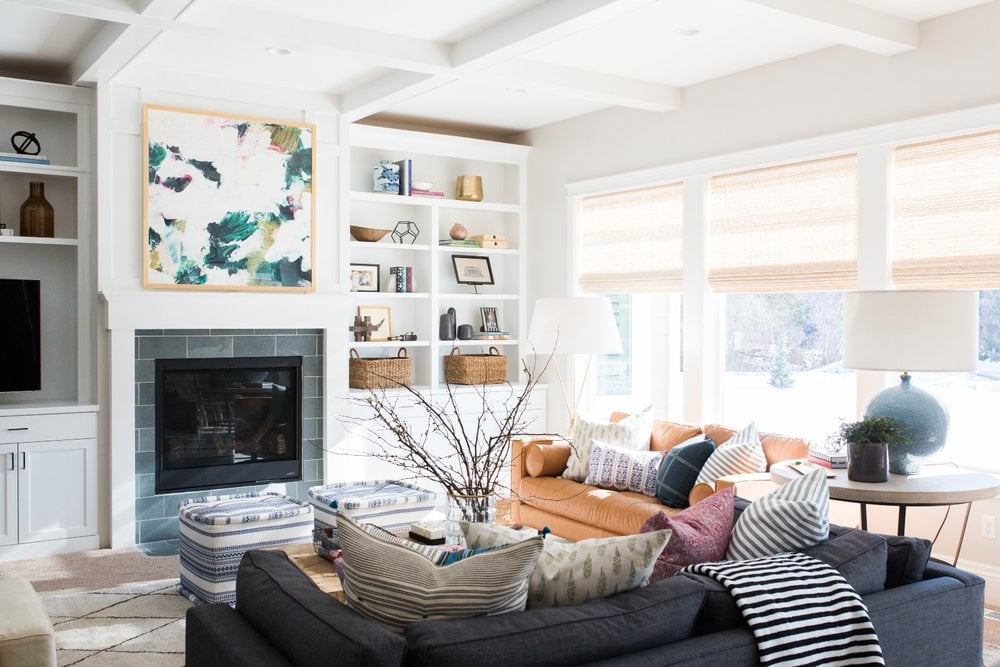 Image Source: Studio McGee
Image Source: Studio McGee
Properly scaled furnishings are key when it comes to creating a harmonious flow that’s sure to get noticed in your home. Shelly says, “Make sure that your furniture is not overwhelmingly large or so small that it looks out of balance in the space.” A huge sectional that is crammed into a space or a dainty nightstand displayed in an oversize master bedroom will do nothing but draw negative attention.
Clutter!
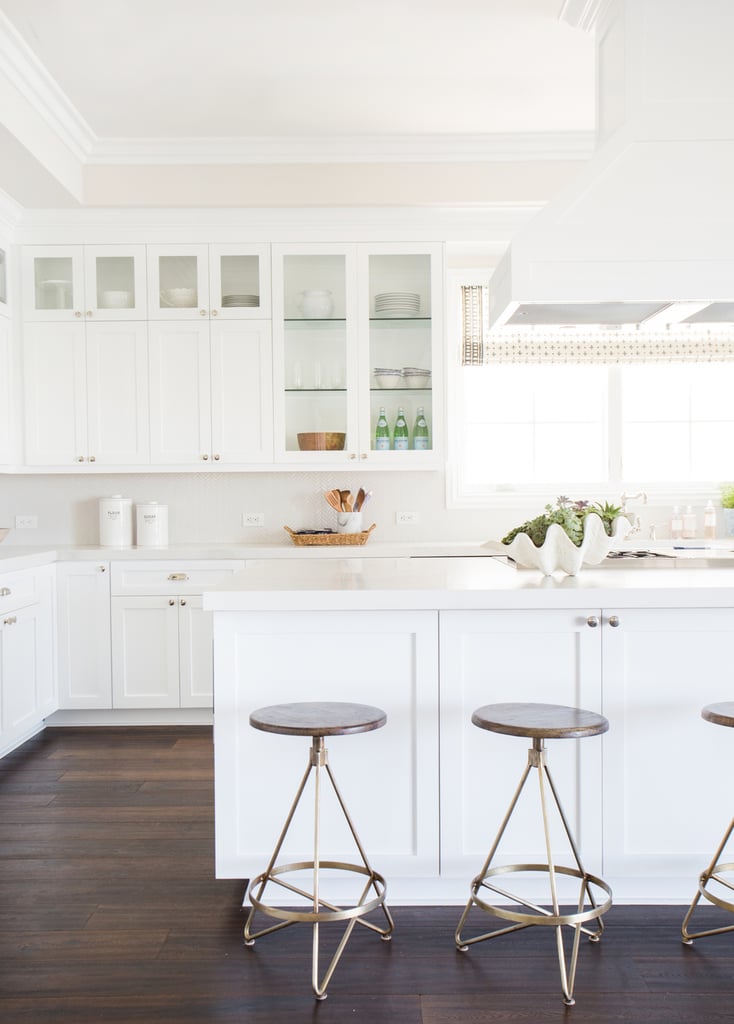 Image Source: Studio McGee
Image Source: Studio McGee
And lastly, we finish up with none other than that attention-grabbing eyesore: clutter. Yes, clutter! Shelly promises, “Keeping spaces clean and clutter to a minimum is a huge plus. Our spaces truly affect our well being, and spaces that are messy and dirty can have major psychological and physical impact.” Plus, not only will your guests appreciate your clutter-free home but you too will benefit from your Zen space.
Comments (0)
07 August 2018
By portermathewsblog
via https://www.therealestateconversation.com.au
Property prices in Perth have strengthened during the June 2018 quarter, according to fresh research from the Real Estate Institute of Western Australia (REIWA).
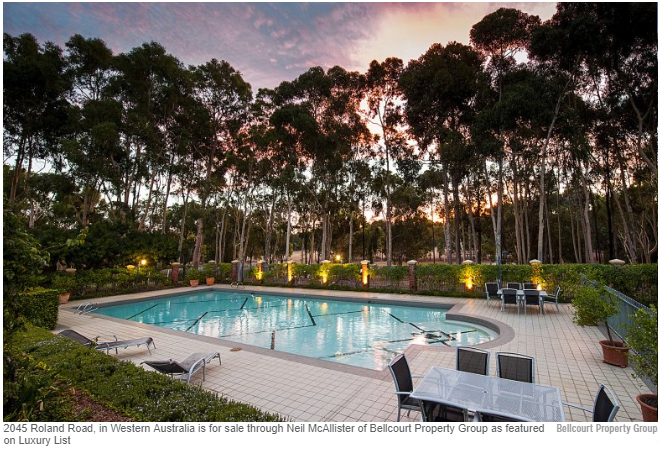
Simon McGrath, principal of Abel McGrath in Perth told WILLIAMS MEDIA now is the time to “be strategic and make a committment to securing a property in that location you’ve always wanted”, as data from the Real Estate Institute of Western Australia reveals property prices in Perth are strengthening.
REIWA President, Hayden Groves told WILLIAMS MEDIA the data indicates Perth’s median house price would settle at around $520,000 for the June 2018 quarter, which was up one per cent compared to the March 2018 quarter and two per cent compared to the June 2017 quarter.
“In addition, Perth’s median unit price is expected to lift by 4.9 per cent to $419,500 for the June 2018 quarter, which is 2.3 per cent higher than the same time last year,” Mr Groves said.
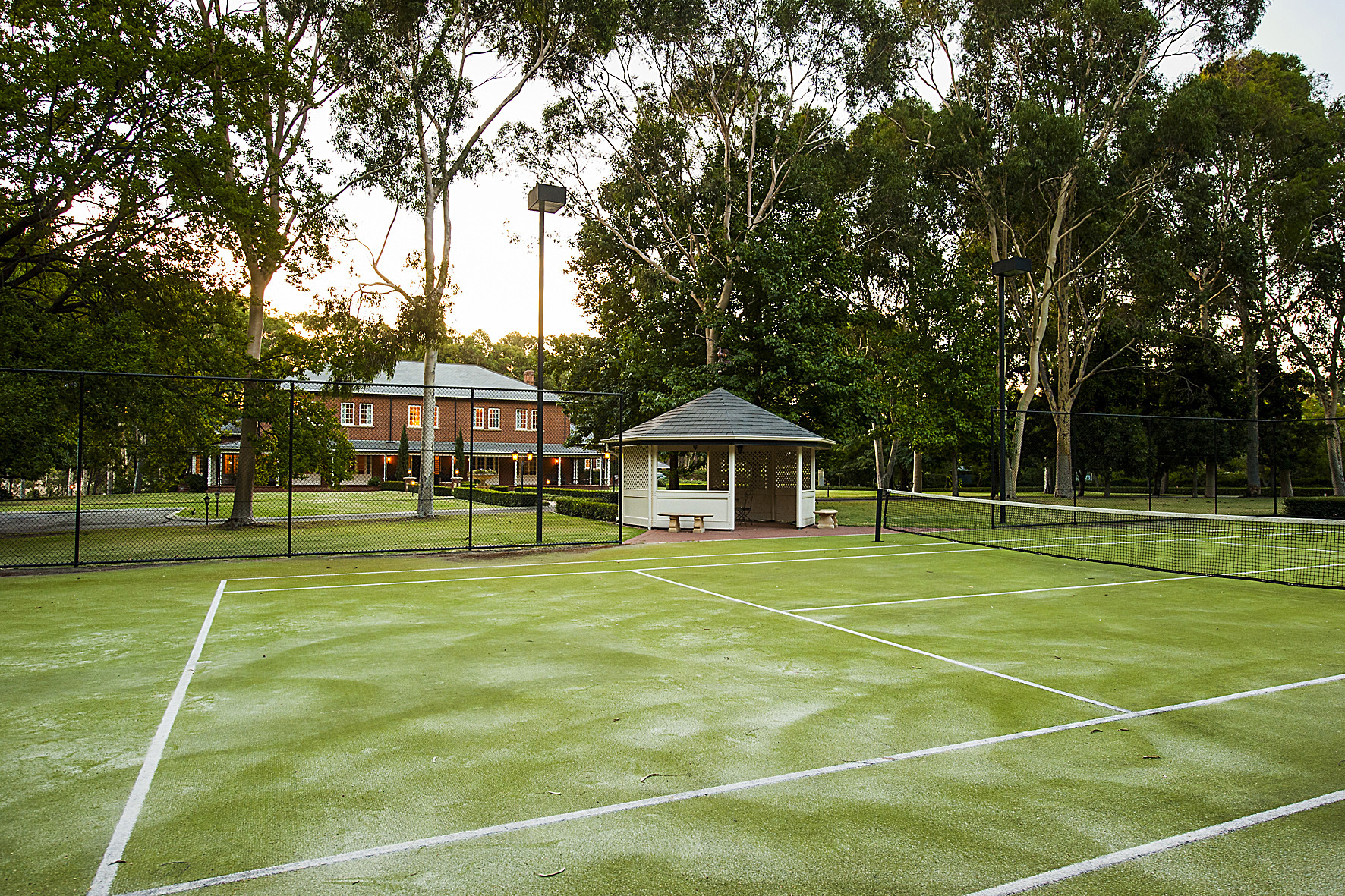 2045 Roland Road, in Western Australia is for sale through Neil McAllister of Bellcourt Property Group as featured on Luxury List
2045 Roland Road, in Western Australia is for sale through Neil McAllister of Bellcourt Property Group as featured on Luxury List
“After declining during the March quarter, it is pleasing to see prices rebound strongly this quarter. With the worst of the market downturn appearing over, the improvement in house and unit prices this quarter suggests buyer confidence is returning which should bode well for sellers as we move into spring,” Mr Groves said.
Mr McGrath’s advice to those looking to enter the market is to act now.
“At times like these, properties become available that would generally not be available. That is the big gift in this market,” McGrath said.
Overall, Mr McGrath says the market is “okay, but not great”.
“Perth is nothing but a big mining town. The flow-on effect from the mining industry affects Perth’s real estate market, so you’ve got a real upswing. Behind the scenes there is plenty of optimism.
“There is still plenty of caution in the market, prices aren’t shooting up. It is a very stoic market.
“We are seeing reasonable numbers at home opens, but it can be very spasmodic. Some home openings will be fantastic, others very quiet – there is no rhyme or reason to it,” Mr McGrath continued.
With 6,900 sales recorded during the June 2018 quarter, sales volumes declined during the June quarter. Mr Groves said the onset of winter likely contributed to subdued activity levels.
“It’s not uncommon for activity to drop off this time of year. Traditionally, activity tends to slow during the winter months before picking up again in spring,” Mr Groves said.
 2045 Roland Road, in Western Australia is for sale through Neil McAllister of Bellcourt Property Group as featured on Luxury List
2045 Roland Road, in Western Australia is for sale through Neil McAllister of Bellcourt Property Group as featured on Luxury List
Despite the overall decline in sales, numerous suburbs recorded more sales this quarter than they did in the last quarter.
“The suburbs with the biggest improvement in house sales were North Perth, Queens Park, Singleton, Camillo and Beldon, while West Perth, Balcatta, Rockingham, Claremont and Mount Lawley had the biggest improvement in unit sales,” Mr Groves said.
“Good quality family homes attracting a lot of attention”
REIWA data shows the composition of sales shifted during the June quarter, with more house sales recorded in the $800,000 and above price range than in the last quarter.
“The June 2018 quarter continued the trends observed during the December 2017 quarter, with good quality family homes attracting a lot of attention in aspirational areas,” Groves told WILLIAMS MEDIA.
“As the Western Australian economy begins to regain strength and owner-occupier loans remain the most affordable they have been in decades, buyers are recognising there is good opportunity to secure a family home in areas that might previously have been considered out of reach,” Mr Groves said.
Listing stock has “hit the ceiling”
Mr Groves told WILLIAMS MEDIA stock levels across the metro area have declined 1.1 per cent during the June 2018 quarter.
“We certainly appear to have hit the ceiling as far as listing stock is concerned. Despite fewer sales being recorded this quarter, it is encouraging to see stock levels have continued to be absorbed,” Mr Groves said.
On average, it took 67 days to sell a house in Perth during the quarter, one day faster than both the March 2018 and June 2017 quarters.
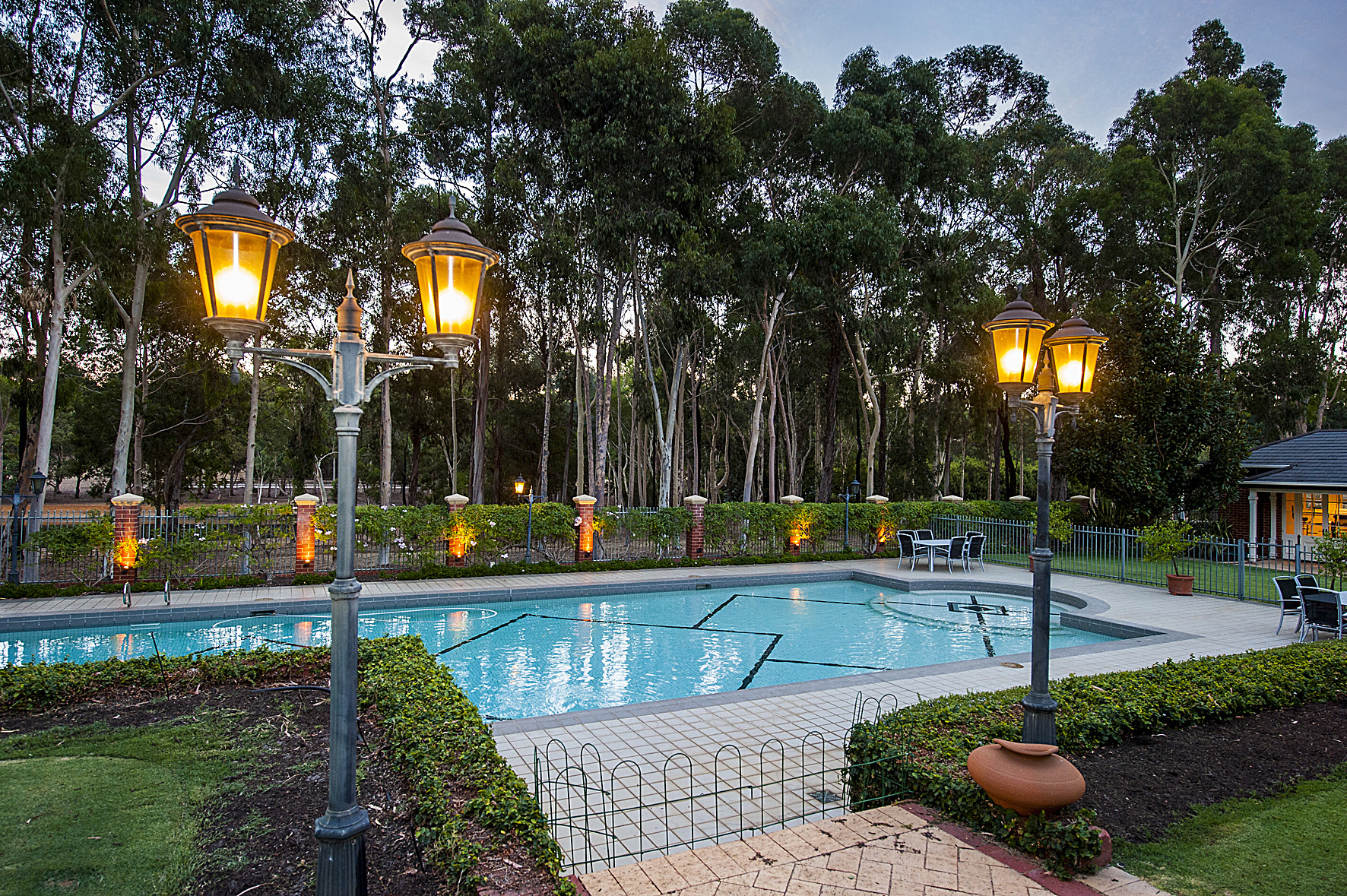 2045 Roland Road, in Western Australia is for sale through Neil McAllister of Bellcourt Property Group as featured on Luxury List
2045 Roland Road, in Western Australia is for sale through Neil McAllister of Bellcourt Property Group as featured on Luxury List
Mr McGrath told WILLIAMS MEDIA that although the market is pretty tough, his area in the western suburbs of Perth have short supply.
“There’s no denying – it is pretty tough. The good news in the western suburbs is that we have got short supply, whereas in the greater Perth market there is oversupply in many places. The short supply in the western suburbs is ticking the value of buoyance.” Mr McGrath said.
Less vendors discounting their asking price
Data for the June 2018 quarter shows the proportion of vendors who had to discount their asking price in order to achieve a sale declined by five per cent.
“With reductions observed in average selling days and discounting, this is a good indicator sellers are listening to the advice of their agents and pricing their property in line with market expectations,” Mr Groves said.
Comments (0)
03 August 2018
By portermathewsblog
via houzz.com.au
In this practical series, we ask experts to answer your burning home and design questions. Here, Luke Menzel, chief executive officer at the Energy Efficiency Council, shares some practical tips for keeping a lid on your winter heating consumption and costs.
 Stop heat escaping
Stop heat escaping
For most homes in colder parts of Australia, heating is by far the biggest slice of the energy bill pie. Insufficient insulation and draughty homes mean that heaters have to work much harder to keep you warm, which adds to power costs.
Draught-proofing your home to prevent heat escaping is one of the simplest and most cost-effective ways to save energy, allowing you to stay warm and toasty without cranking up the thermostat.
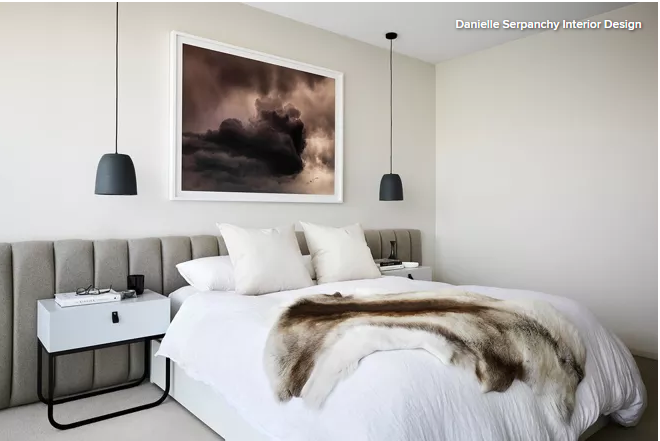
Turn the thermostat down
Turning the thermostat too high can be a huge drain on energy and your finances, with each degree adding around 10 per cent to your heating bill. For maximum efficiency, aim to set it between 18 and 20°C. If this feels too chilly (most of us prefer a more comfortable 25 or 26°C in winter), try moving away from uncovered windows, sealing draughts and popping on a jumper.

Rug up
Having too many cold surfaces in your home can add to the chill factor too – in fact, it can have just as much of an effect as air temperature.
To make your home feel warmer, consider installing secondary glazing and adding heavy curtains to windows, laying rugs on cold, hard floors, and moving your favourite armchair so it’s not right beside a cold window.
Open curtains during the day to allow the winter sun to warm the surfaces in your home. Draw curtains at night to keep the heat in.

Only heat the rooms you’re using
Rather than heating your entire home, zone your heating so it only warms up those rooms you spend time in. Do this by closing doors to keep the heat where you need it. If you’re installing a new heating system, consider a ducted system that can be zoned for individual rooms.
Tip: Check ducting before the start of winter to check that it’s leak-free, well-insulated and in proper working condition. This can sometimes be done with thermal imaging cameras, to save crawling around in dark spaces.
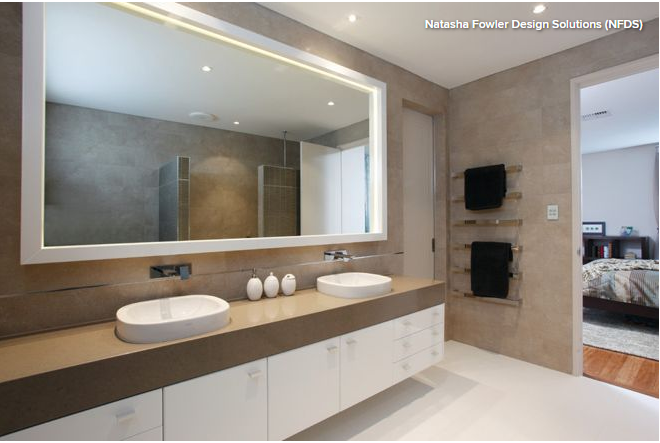 Reconsider halogens
Reconsider halogens
Halogen downlights can be a huge energy waster in winter. Aside from their high energy consumption, these lights need to be kept far away from insulation as a fire-safety precaution. This means there is an uninsulated patch of ceiling surrounding halogen downlights that provides an easy escape route for heat.
The heat that rises from each downlight can also create a chimney effect and suck warm air out of your house, which leads to chilly draughts.
 Replace old appliances
Replace old appliances
That old, second fridge in the garage or dated reverse-cycle air conditioner in the living room could be costing you more than you realise. Consider the numbers; a new, energy-efficient fridge can cost half as much to run as one that’s 15 to 20 years old – this equates to a saving of about $150 per year. Meanwhile, most reverse-cycle heating/cooling systems are between 30 and 40 per cent more efficient than those of 15 years ago.
Splashing out on new energy-efficient appliances can cut your energy costs considerably.
 Be star savvy
Be star savvy
Most major appliances, such as fridges and reverse-cycle heating/cooling systems, come labelled with an energy-star rating, which tells you how efficient they are and how much energy they’ll consume. It ranges from one to six stars (although in recent years, four additional high-performance stars have been added to many products). The more stars, the more efficient the product. Appliances with more stars may cost a little more, but you’ll save the money back in running costs.
Be aware that if you have an older appliance at home with a three-star label, it might only rate as two stars by today’s standards – and may not even be allowed to be sold under current minimum standard rules.
The number below the stars on the label is a calculation of how much electricity the appliance will typically consume in a year. Multiply this number by your electricity tariff to get annual running costs.
Tip: Tariffs can differ significantly at different times of day, so choosing when to use your appliance can help save you money. You might find it more cost efficient to run your washer, dryer or dishwasher at night or early in the morning.
 Reduce pump time
Reduce pump time
If you have a swimming pool, halving the pump-timer duration in winter can result in substantial savings. However, do check with your local pool or spa specialist to ensure you maximise energy efficiency while still meeting all the health requirements required with a pool.

Tell us
What’s your winter energy-saving tip? Tell us in the Comments section below. And don’t forget to like this story, share it and save the photos. Join the conversation.
Comments (0)